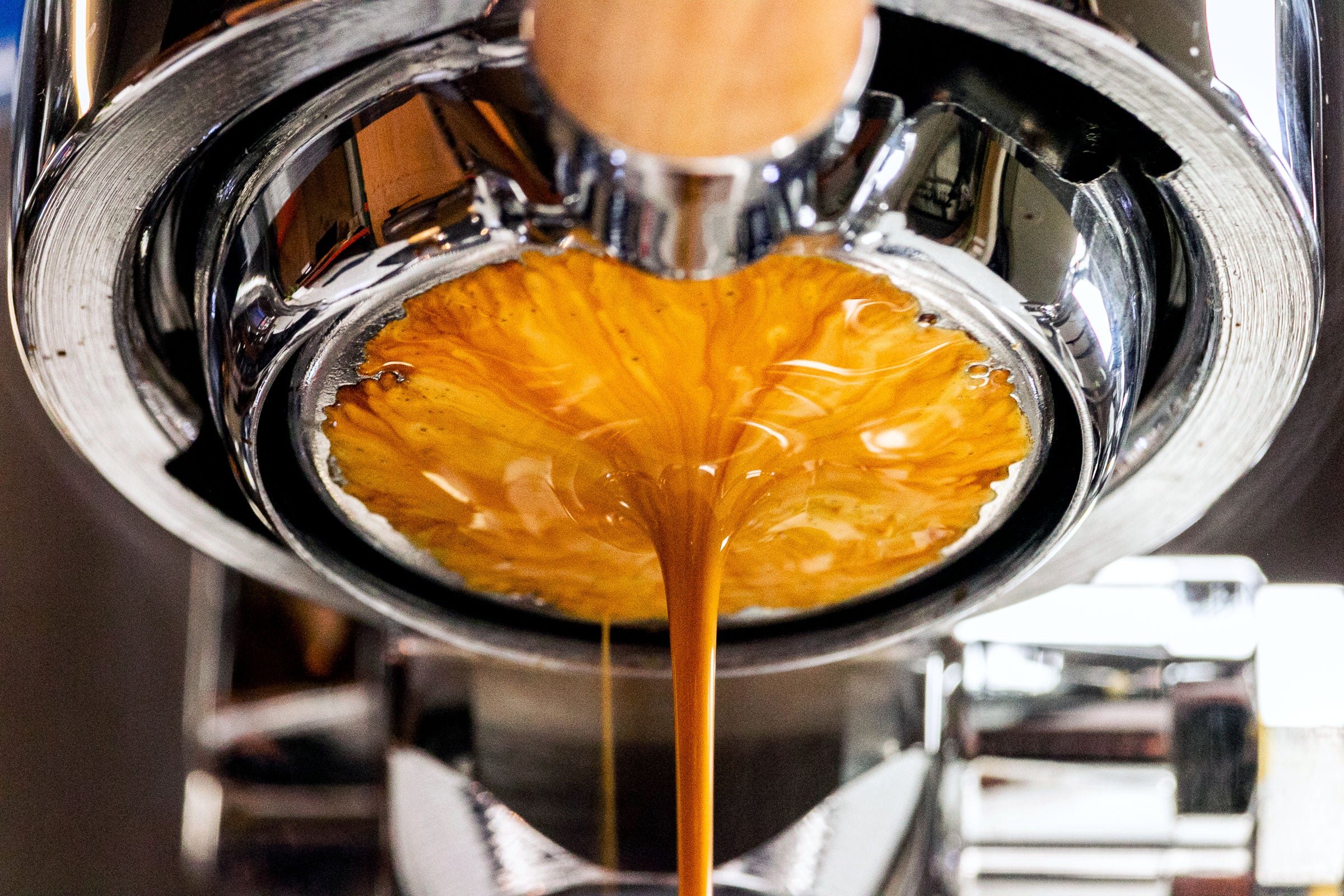Coffee 201
CHANNELING
Much of this content is from The Professional Barista’s Handbook by Scott Rao and this great video by Emilee Bryant: “8 Coffee Tips You Need to Know Quicker”
OVERVIEW
This week and next we’re talking about channeling! What is it? What does it want? We’ll define channeling, talk about how it affects your espresso (or pour overs), and give some practical tips for ways to prevent it.
What is Channeling?
Before we dive in, I’d highly recommend you watch this 5 minute video about channeling from Clive Coffee (they’re a Portland-based, home-barista supply store). Channeling is essentially a technical term for “uneven flow of water” through the bed of coffee. In the video, Charles has a great example where he essentially pokes a hole in the bed of coffee and then tamps. It’s invisible from the top, but there’s a massive crack below the surface, and when he runs water through it, it goes straight to that hole within less than 5 seconds. Whether it’s that dramatic or less obvious, channeling has to do with uneven distribution of the coffee grounds and the resulting uneven flow of the water.
Why Does Channeling Matter?
When your espresso channels, it’s going to make dialing in a pain, nevermind the espresso not tasting good. If you’ve ever had the experience of shots “pulling weird” or “pulling badly”, 9 times out of 10 what you’re dealing with is channeling. You might feel stumped because the top of your grounds looked even. But the tamp isn’t a miracle worker – if your bed of coffee wasn’t properly distributed before you tamped, all those uneven features are still present below the surface, and the water will find them.
Espresso that channels won’t taste distinctly over-extracted or under-extracted; it will taste like a bit of both. That’s because the extraction is uneven, which means that some of the liquid has too much extraction, while other parts have not nearly enough. Water flowing through the “channels” will be over extracted, because that’s where most of the extraction is happening, while the remainder will produce under-extracted coffee. So it will taste bitter, but also weirdly sour. Trying to make an adjustment won’t accomplish anything, because the issue isn’t the grind size, it’s the distribution of the grounds.
As Emily says in the video at the top, channeling is “enemy number one” for bad espresso. So if channeling causes all these problems, how do we prevent it? Before we get to some tips, here’s a list of a couple common things that can cause channeling:
Uneven grounds/clumping
Not distributing before tamping. You want a flat bed, not a mound in the center.
Uneven/sloped tamping caused by not tamping straight down
Knocking the portafilter into something after you tamp (makes a crack).
A too-fine grind setting (this makes it harder for water to get through, and therefore, more likely to seek out the weakest point).
Practical Tips
Notice it’s happening. Look for uneven flow, fast flow, and “blonding”.
We don’t use an open-bottom portafilter like the baristas in the video (among other reasons, this is due to the volume we serve as a shop). However, there are ways even with a spouted portafilter to spot channeling. The first is an unexpectedly quick drop of liquid: it seems like the water moved through the bed too quickly.
The second is called “blonding”, which refers to the color of the stream of espresso. It’s normal to see blonding towards the end of extraction, but if you see it closer to the beginning, you have a channel.
Finally, an uneven flow, or a “pulsing” flow, can be a sign of channeling. None of these are set in stone, so don’t overanalyze and dump a perfectly fine shot because you saw the stream shake a bit, but if you’re struggling to keep the espresso consistent and you see these things happening, they tell you what’s going on.
Try to evenly distribute your coffee grounds
There’s a lot of different ways to distribute (seriously, there’s too many). Your goal in distribution isn’t just to create a flat bed, but to create a consistent texture. If you see lots of clumps in your coffee grounds, tamping will not fix that. It will push it beneath the surface and cause all kinds of funky water flow as the water avoids the denser clumps and travels through the less-packed areas. I’d recommend watching Emily’s video (at the top), at least points 2 and 3, to hear her talk about channeling and distribution.

